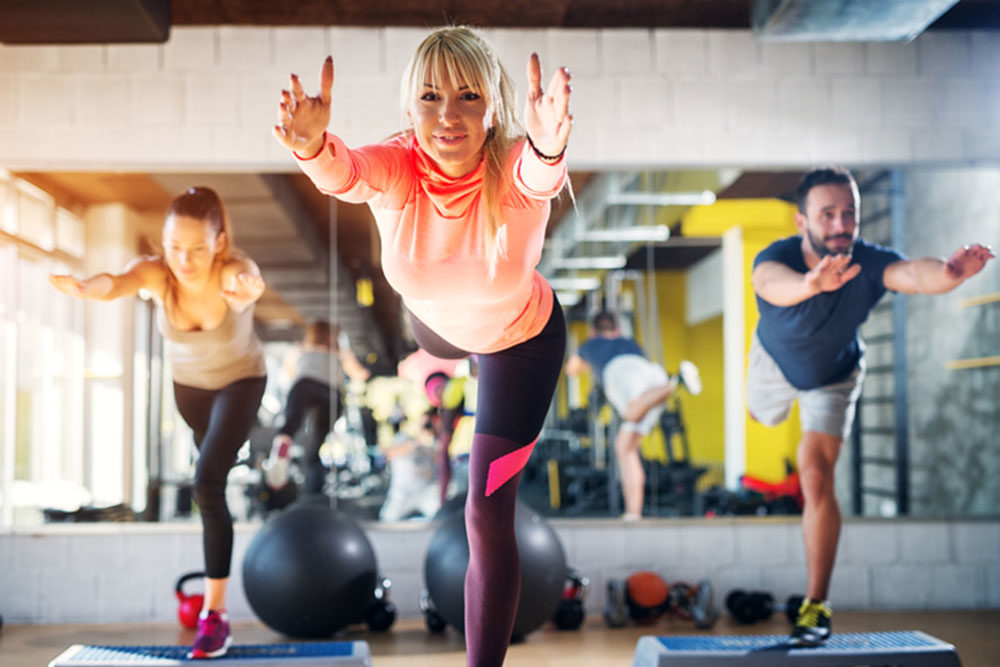
iStock
PROPRIOCEPTION— the sense of where our bodies are in space—depends on receptors in the joints and elsewhere that record the position of body parts in relation to one another. Proprioception is the ability to know, without looking, if one arm is above the head or hanging by the side of the body.
Information about proprioception also comes from receptors in the skin that respond to stimuli, such as pressure, temperature, vibrations and pain. And visual and auditory input helps pinpoint the body’s position relative to surrounding objects and the horizon, and to environmental sounds.
Proprioceptive feedback is essential for controlled movement. For a man with diminished proprioception following a severe infection, “his limbs moved, but he had no control over them. He felt disembodied, as if he was floating in air.”
Most proprioception assessments involve removing vision—with eyes closed or in a dark room: In the “finger-nose test,” touch your forefinger to your nose; in the “thumb-finding test,” touch the tips of your thumbs together. Or ask another person to move your big toe up or down and tell them which way they have moved it.
Poor proprioception can explain the clumsiness of kids during a growth spurt who haven’t yet adjusted to their new bodies. It can also be why someone stumbles on uneven ground or misses a nearby wastebasket when tossing trash. The responsiveness of “proprioceptors” can decline with age, also with injury and neuropathy.
Because proprioception is a relatively new focus of scientific attention, confusion exists about the role it plays in movement—notably in contrast to kinesthesia, usually defined as sensing the movement of the body in space.
Another issue is the relative role of the receptors in thousands of nerve endings in the feet compared with those of proprioceptors located in muscle spindles (also called stretch receptors) that sense changes in muscle length throughout the body.
Proprioception contributes to balance—as do vision and, most importantly, the vestibular system, beginning with movement of fluid in the inner ear. With age comes greater reliance on the visual system, which operates the most slowly—causing people to feel shaky, begin to mistrust their balance and become more sedentary, leading to less use of sensory information and worsening balance.
Also called the sixth sense, proprioception can be the reason that sitting on a hard, straight-backed chair or walking with “minimalist” shoes (thin-soled athletic shoes, aiming to be as close to barefoot as a shoe can be) helps some people with the sensory input they need for better balance and posture.
But ongoing debate rages over the shoe issue: whether minimalist shoes improve proprioception enough to offset the risk of injury due to harder or poorly placed impact with the ground—although structured, cushioned shoes do not appear to prevent injuries. On the other hand, people struggling with imbalance and specific foot problems might need more supportive shoes.
Walking in minimalist shoes has the different advantage of improving foot muscle size and strength, which can help with absorbing impact while running and with preventing injuries like plantar fasciitis and shin splints.
In a Brigham Young and Harvard Medical School study of runners wearing minimalist shoes compared to those doing foot-strengthening exercises and to a control group, the first two groups had similar increases in foot muscle size and strength. But the minimalist-shoe wearers made these gains while at the same time getting in their daily run.
“Both kinds of shoes have some risks associated with them,” writes Mayo Clinic sports medicine specialist Edward Laskowski. For those trying minimalist shoes, introducing them gradually and not wearing them exclusively can help avoid the injuries that occurred when these shoes were introduced.
Exercises to improve proprioception include those involving active movement against pressure, as in weight-bearing activities, and balance exercises done standing on unstable surfaces like an exercise ball.
Most helpful of all, though, can be any activity done “without visual feedback,” such as standing on one foot and walking heel-to-toe along a straight line, as well as any of those done in the proprioception assessment tests.
—Mary Carpenter
Every Tuesday, well-being editor Mary Carpenter reports on health news you can use.

very informative!
That was fascinating. I also like the links…..
excellent article! something new to learn.